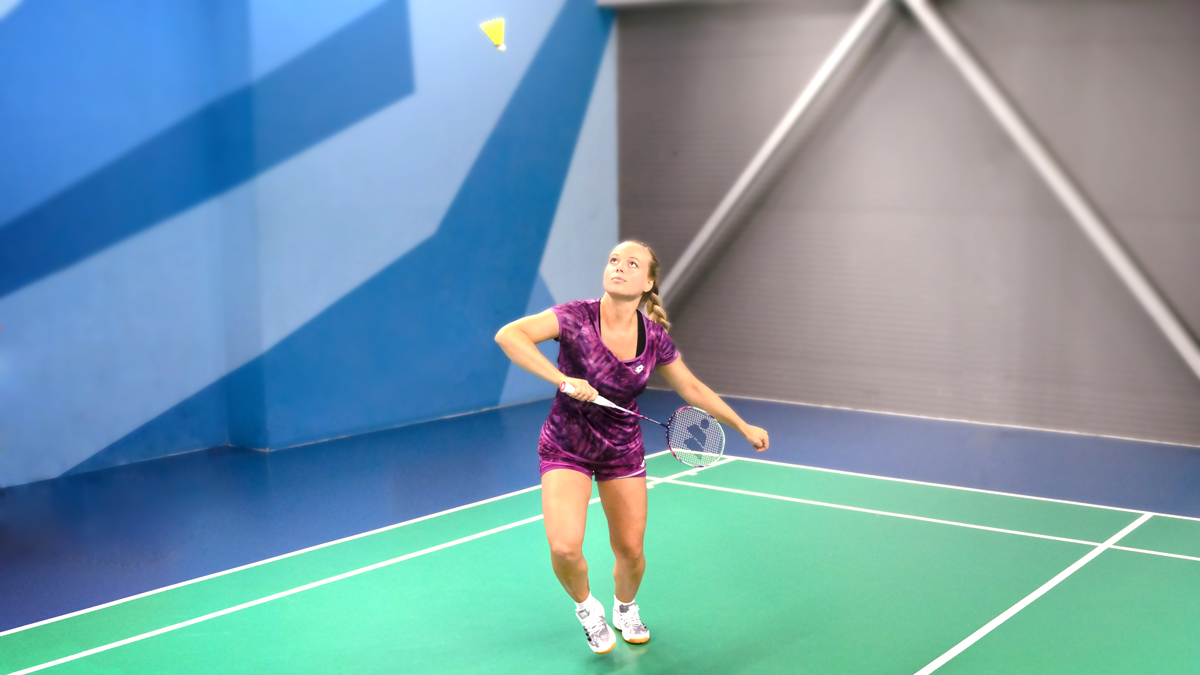How to Choose the Right Badminton Racquet
Selecting the best badminton racket is likely to be just about the most important buying decision a badminton player can make. It's very important that you choose the best racquet to match your individual technique.
Choosing the right racquet depends on your skill level and preferred style
-
Beginner – has just started learning to play badminton, hasn’t managed the playing technique
- Defending style – player executes high long shots or reacts to opponent’s smashes with short shots
- Attacking style – player executes mostly powerful shots, smashes, the game is slightly aggressive
- Combined style – common playing style with an extensive racquet selection. The player alternates defending and attacking style of playing

Racquet Characteristics to Consider
-
Flexibility – Stiffer racquets are more suitable for attacking playing style because they allows for faster shots. A more flexible racquet on the other hand allows longer shots.
- Balance – Weight balance impacts the shot intensity. The most common type is an even balanced racquet, head-heavy balance racquets enable stronger shots and accentuate the attack elements of the game.
- Length – A standard length of a badminton racquet is 665 mm, however a 10 mm longer racquets are more and more popular as they allow for dynamic shots.
- Weight – Mid-weight racquets are between 80 and 120 g. Heavier racquets are suitable for casual games only. Technical players with softer shots may want to use lighter racquets.
- Material – Flexibility, low weight and firmness are properties connected to modern technologies. Older wooden racquets are nowadays replaced with racquets made of graphite and titanium.

How to Care For Your Badminton Racquet
When not in use, always refer to the manufacturer's instruction for storage.
Generally, be aware of changes in temperature as the materials used in the racquet frame construction are often sensitive to temperature fluctuations. Too high or too low a temperature may deform the racquet and impair its function. We strongly suggest using a thermal case for your badminton racquet(s). Whether you have a thermal case or a regular case, make sure the racquet is completely dry before storing it.
Needless to say, badminton racquets are delicate in nature; be sensible when handling them. Graphite is highly susceptible to structural damage brought on by impact against a hard surface which may cause the frame to shatter.
Shuttlecocks
Shuttlecocks consist of a cork cap and natural or synthetic feathers.
Feather Shuttlecocks - Typically formed using 16 goose feathers with outstanding flying properties, however, are slightly more expensive.
Synthetic Shuttlecocks - A cheaper and more durable alternative suitable for trainings and casual play. The shuttlecocks come in white and yellow colour for better visibility, and three speed varieties:
- Fast (red stripe) - perfect flying properties in colder conditions up to 15°C
- Medium (blue stripe) - suitable for normal temperatures, both indoors and outdoors,
-
Slow (green stripe) - slow shuttle for high temperatures and matches played at higher altitudes.
